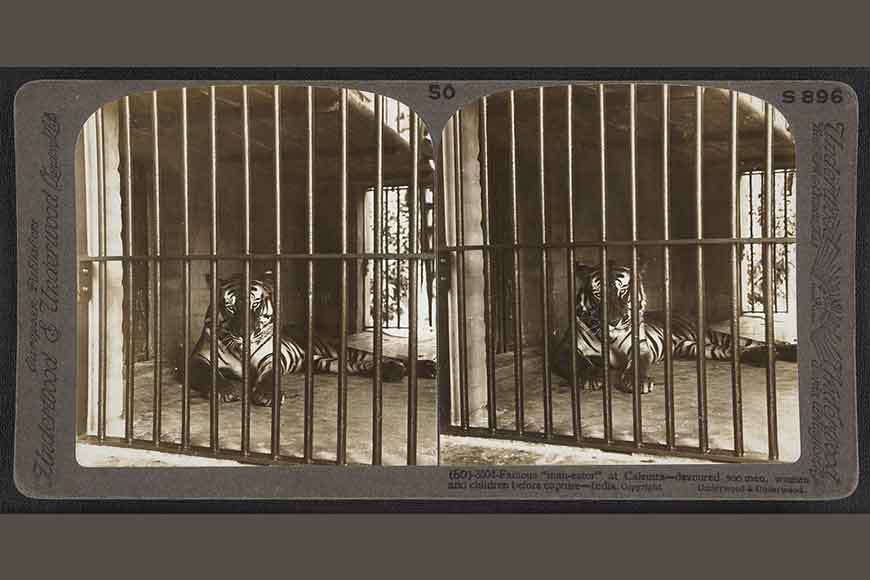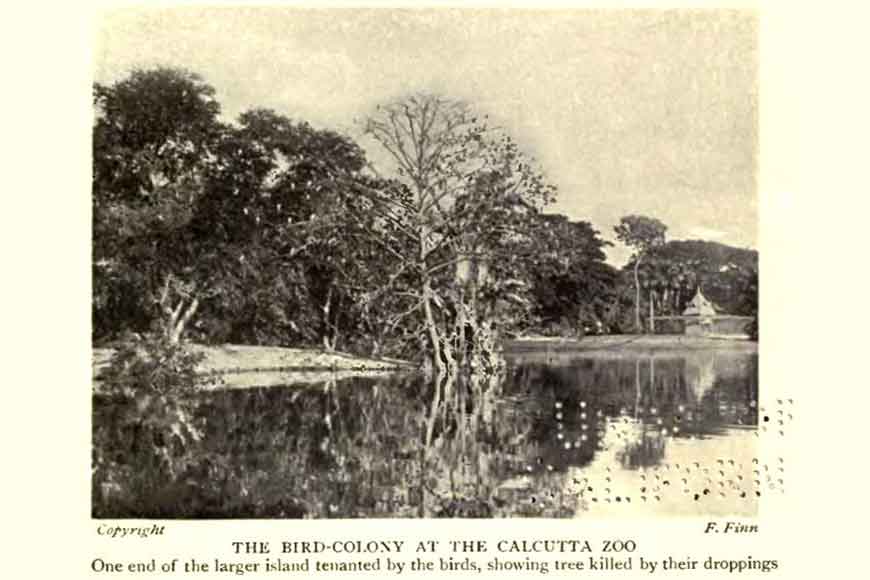Bengalis who contributed to the building of Alipore Zoo

The Alipore Zoo remains as lively as ever this winter with a nineteen-hectare area sprawling with the best of flora and fauna. But do we know that along with the British, the Indians, especially the Bengalis had a huge contribution towards the building of the Alipore Zoo? The year was 1800. Then the Governor-General of India was Lord Wellesley. It was Wellesley who first thought of creating a zoological garden. Yet, his idea did not work. Many decades passed. The governor had died. After that, a small zone for animals was built in his Barrackpore garden house. This small zone was known as the first zoological garden of India.
Around the same time, many zoological gardens had already been established in England. Hence, the British decided to build a zoological garden in India. In 1873, the then lieutenant governor, Sir Richard Temple proposed to build a zoological garden in Kolkata. Some historians say otherwise. Some believe it was Joseph Burt, who was then appointed as the President of the Asiatic Society of Bengal, who first proposed the idea of building the zoological garden in 1867. But the proposal was rejected due to lack of space. In 1873, Carl Lewis proposed to build a zoological garden. Carl’s proposal was also rejected due to the same reason, the lack of space. Later, the issue of building the zoological garden became important because the British Government of England had expressed their interest. In 1875, Sir Richard Temple formed a committee to address the issue of the establishment of the zoological garden. On 2nd October of the same year, a large portion of the land of Zirat Basti was acquired, around 156 bighas, 18 kata, and 9 chatak of land, to be precise. Work on building the zoological garden started the next year.

Initially, the amount allocated towards the construction of the zoo was Rs 5,000. Some animals were also shifted here from the previous zoological garden of Barrackpore. On 1st January 1876, the zoological garden was inaugurated with a grand ceremony, which was attended by the King of England, Prince of Wales Edward VII himself. After the inauguration, it was observed that there was a need for more animals. A few steps were taken by the then-management committee to meet these needs.
The first Indian to provide economic contribution was Rajendra Mallick Bahadur of Chorbazar, which is why there is still a portion of the zoo named after him – “Mallick House”. Before joining the zoological garden, Mallick had built a Wildlife Sanctuary and an Aviary beside his residence “Marble Palace.” he aimed to inform the people of the city about Bengal’s fauna. He had kept otters at Mallick House. Later, he made his house a playground for different kinds of animals, including the King of Animals --- the lions, for which almost Rs 35,000 was spent. This money to bring the lions was donated by the King of Burdwan. “Mallick House” still remains an important area in the present-day zoo. A special species of a lion are kept in this area.
A #ZebraCart 1930
— Old New Kolkata পুরানো নতুন কোলকাতা 🐟 (@OldNewKolkata) November 5, 2022
Heard that Carriage belonged to Mullick family of PathuriaghAta.
Manmathanath Mullick of family bought a pair of zebras from Alipore Zoo Gardens to pull his carriage.
His family actually donated birds animals from their collection to #Calcutta #Zoo in 1876. pic.twitter.com/CE7SXlYwLz
Initially, many animals were brought from the private zoo of Carl Louis Schwendler to form the zoological garden. On 10th February 1876, Schwendler donated several species of pheasants, common birds, monals, wild cocks, and peacocks. He also gave some more birds on 12th February of the same year. Carl Louis was originally a German and he was in charge of supplying electricity to the Indian Railways. In the zoo, there is an aviary named after him- “The Schwendler House”.
An open-air tiger enclosure built in respect of Sukanto Acharya, the King of Mymensingh, which is now in Bangladesh, has been named “Myemensingh Enclosure.” The “Murshidabad House” was once known as Paradise for Birds. Different species of valuable birds can still be seen here. The Nawab Bahadur of Murshidabad had funded the construction of this house and also the precious birds that were kept here.
Those who have visited the Alipore Zoo in the summers must have seen a hippopotamus, which sits in a pond in front of the fences of a house. That is its camp, which was originally built for rhinos. The hippopotamus’s private camp’s name is “The Buckland Enclosure”. It was built in the memory of C. T. Buckland, whose contributions, since the very beginning of the Zoo, are undeniable. He also held the post of the President of Alipore Zoo for a long time. Hence along with the British who had conceptualized the zoo, many well-known and rich Bengalis had come forward to build one of the largest zoos in Asia.
Image courtesy: Wikipedia










